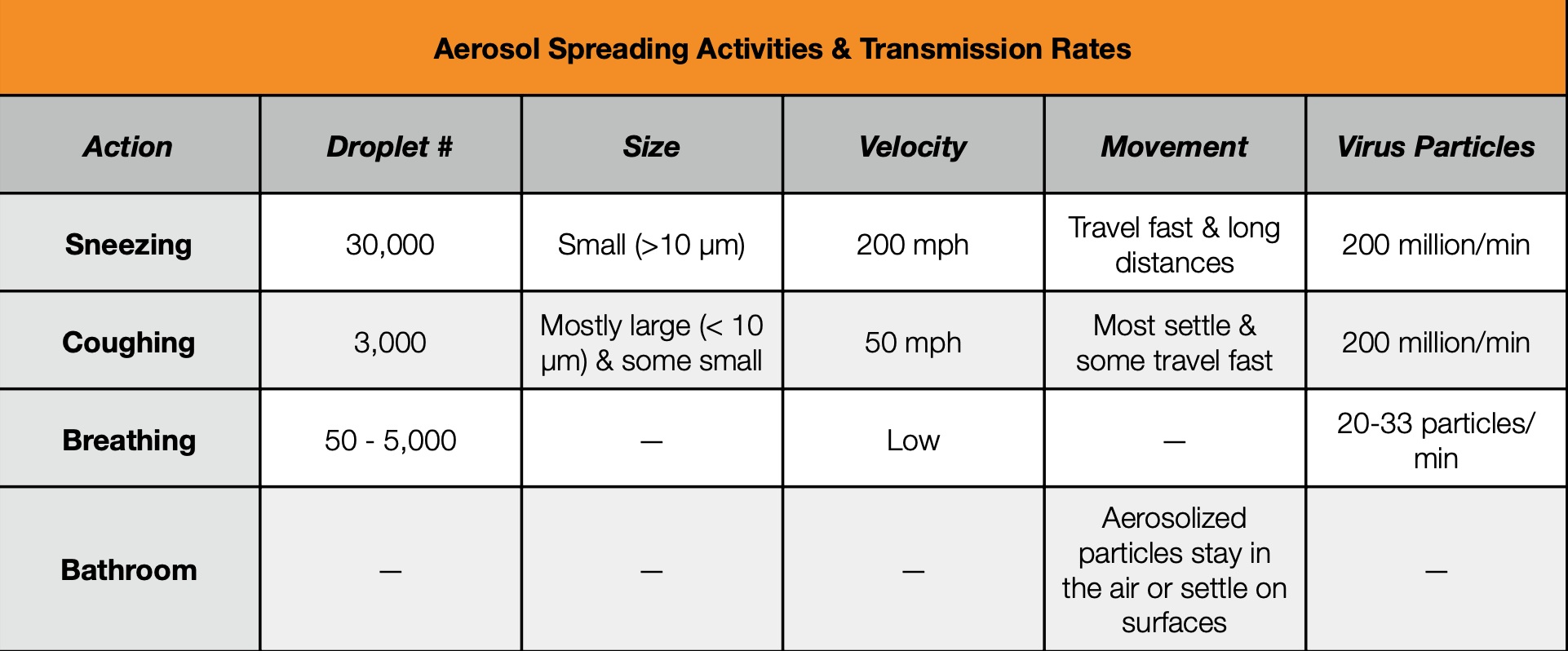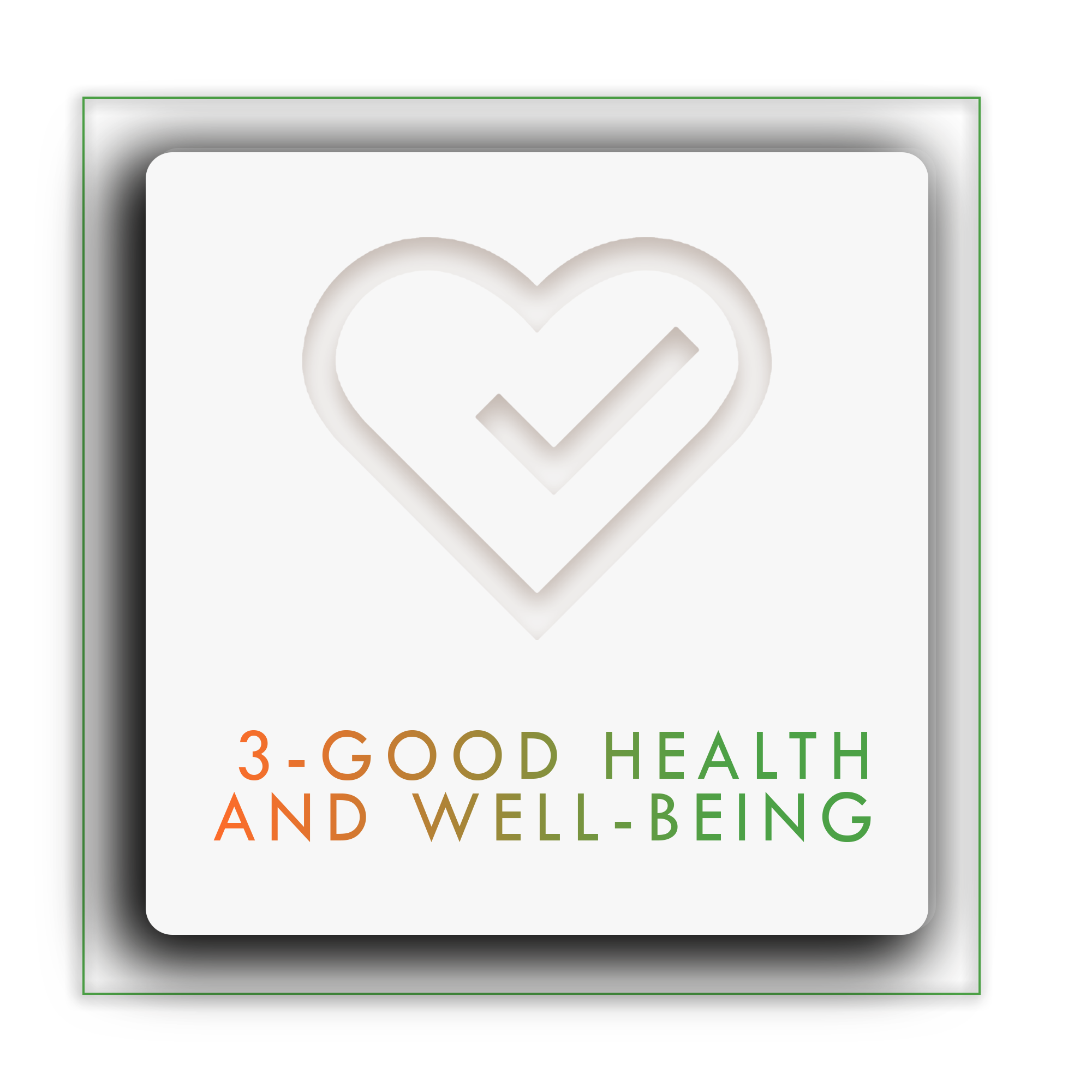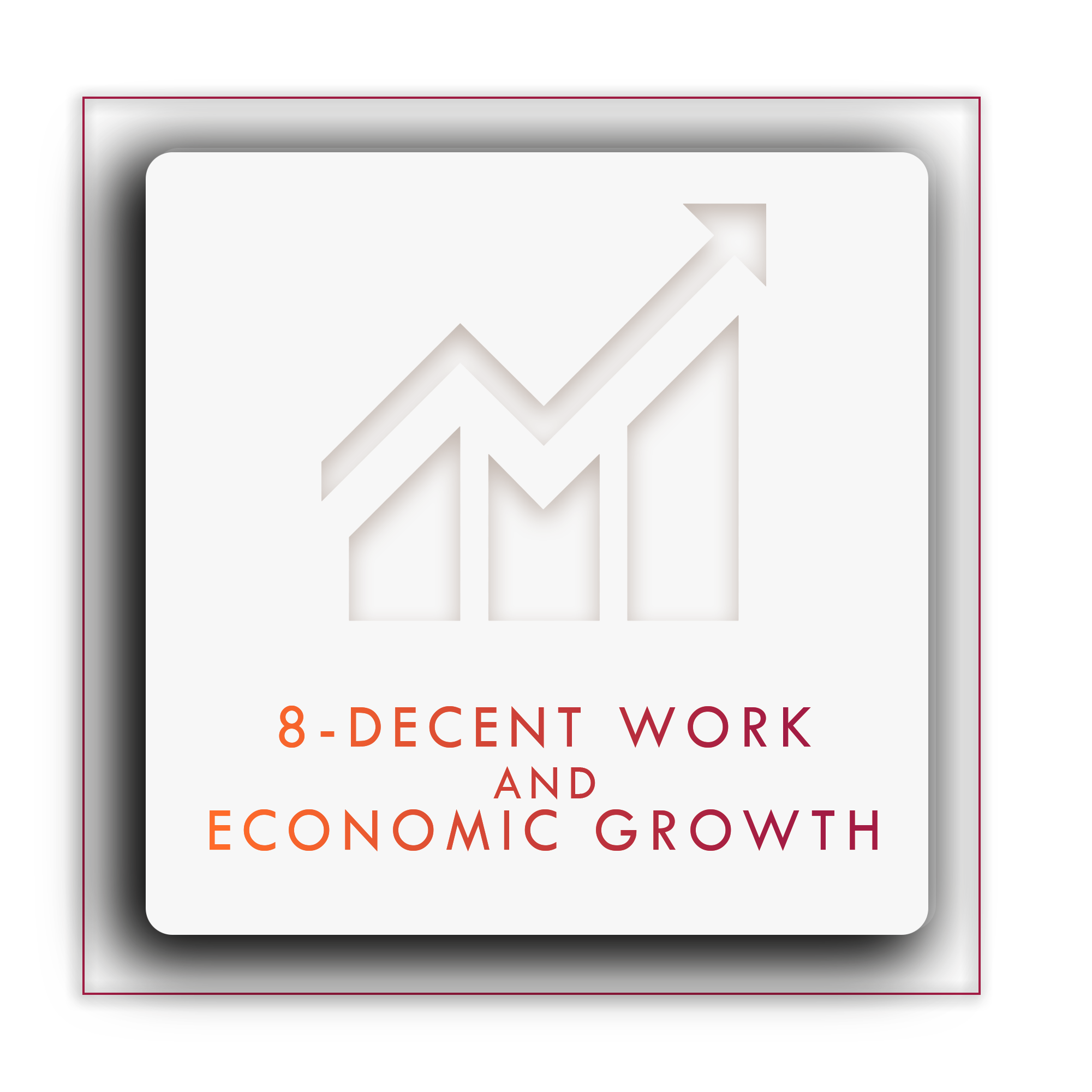Why Masks Should Be Mandatory
Employers have a responsibility to provide their employees with a safe working environment. However, an office environment now presents employees and employers with varying levels of exposure risk to COVID-19. It is now a necessity for employers to ask questions as to how they will keep their employees safe in a post COVID-19 world.
From the beginning of the pandemic it has been stressed repeatedly that social distancing is crucial to “flatten the curve” by keeping transmission rates of the virus low. To minimize spread, the World Health Organization (WHO) recommends that individuals stay a distance of 1 meter apart. The Centers for Disease Control and Prevention (CDC) advises that to maintain proper social distance, individuals keep a distance of 2 meters apart. However, even if proper social distance is maintained, studies have shown that once the virus is expelled into the environment it can remain in the air for up to 15 minutes.
What has not been as widely discussed is the fact that the WHO and CDC social distancing guidelines are based off a study conducted in 1930. In this study, aerosolized particles were investigated and said to travel 6 feet from the source. Current studies from reputed sources have used advanced technology to detect the movement of sub-micron aerosol particles, the size of COVID virus, and they found that aerosol particles can actually travel 8 to 20 feet (1).
Activities that cause the spread of aerosol particles include: Sneezing, coughing, talking loudly, breathing heavily, flushing the toilet, sharing touch surfaces like doorknobs or faucets etc (2). In fact, it is known that sneezing causes particles to travel at 200mph and coughing causes them to travel at 50mph (3).
It is also known that the bigger the droplets, the faster they settle and shorter the time they hang in the air. Coughing for example, produces larger droplets compared to breathing or talking (4).
The research conducted on transmission rates below, highlights the importance of having flowing air instead of stagnant air in a room. We breath to survive and in a post COVID-19 office environment, people will be breathing collectively and aerosols potentially containing COVID will accumulate, increasing exposure risk.
Which brings us to the question: how do employers keep their employees safe in a post COVID-19 work environment?
It has been suggested that a simple and effective way employers can minimize their employee’s exposure risk to COVID-19 is to implement social distancing guidelines and wear a mask while in the office. However, information distributed through public health channels on wearing masks has been mixed and unclear and the question of to mask or not to mask has remained.
As a starting point, RWI conducted an experiment to measure the difference masks can make in exposure rates if individuals wear masks during their morning commute.
We began by creating a Synthetic Environment of Downtown Edmonton and added a diverse group of 500 individuals walking to work over a 40-minute period. We then ran multiple scenarios in our Synthetic Environment varying the total number of individuals wearing masks.
Each person and group in our model navigated their way to work while attempting to distance from surrounding people through the regular turns, constraints, walk lights, and other obstacles encountered on the walk to work. The group represents a group typical to a workplace: each with an age, gender, health, movement capability, and even a name.
We also took into account the varying types of masks individuals wear. The mask types included: N95, single use, surgical, homemade and knock-offs. Every time people were closer than 2m or 6ft from each other for a certain period of time, an exposure event was tagged. This is how the percentage of exposure risk was measured in seconds.
RWI’s Synthetic Model shows a 90% exposure decrease if the entire population wears masks.
RWI’s Synthetic Model showed that if the entire population wore some type of mask, the risk of COVID-19 exposure decreased by 90%.
Furthermore, a field study conducted in Jena, Germany, by the IZA Institute of Labor Economics showed that making masks mandatory reduced COVID-19 cases by 40% (5). Comparing countries like South Korea, Taiwan and Singapore to the rest of the world, like the USA and UK, where masks were not mandated during the peak period of the pandemic, it is evident that masks make a vast difference.
Even if an individual has a mask that is only 50% effective and you have a mask that is only 50% effective, it means that you both are collectively reducing our exposure risk by at least 75%.
The bottom line is that masks work. The question is no longer whether to mask or not to mask. The question is why are there not more people wearing masks while navigating in a post COVID-19 world?
References
(1) https://www.regenhealthsolutions.info/wp-content/uploads/2020/05/Reducing-transmission-of-SARS-CoV-2.pdf
(2) Coronavirus: Here’s how germs are spread and where you’re most likely to catch them https://www.weforum.org/agenda/2020/05/coronavirus-covid19-exposure-risk-catching-virus-germs
(3) https://www.ncbi.nlm.nih.gov/pmc/articles/PMC3372341/
(4) Infectious virus in exhaled breath of symptomatic seasonal influenza cases from a college community https://www.ncbi.nlm.nih.gov/pmc/articles/PMC5798362/
(5) https://www.iza.org/publications/dp/13319/face-masks-considerably-reduce-covid-19-cases-in-germany-a-synthetic-control-method-approach
Thumbnail Photo Credit: CC0 Public Domain
RUNWITHIT is actively working to contribute to the United Nations Sustainable Development Goals (SDG’s). This project has contributed to the following SDG’s:







